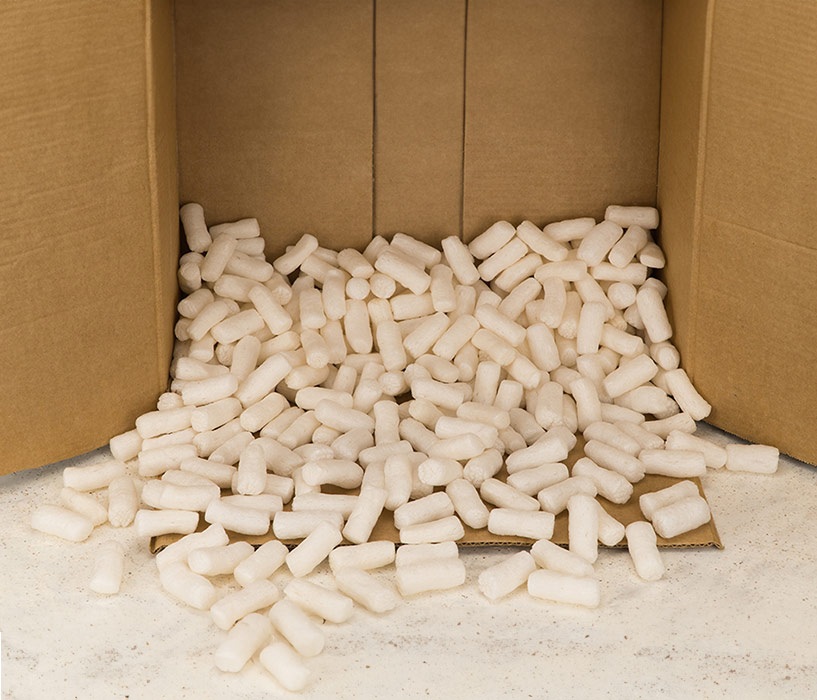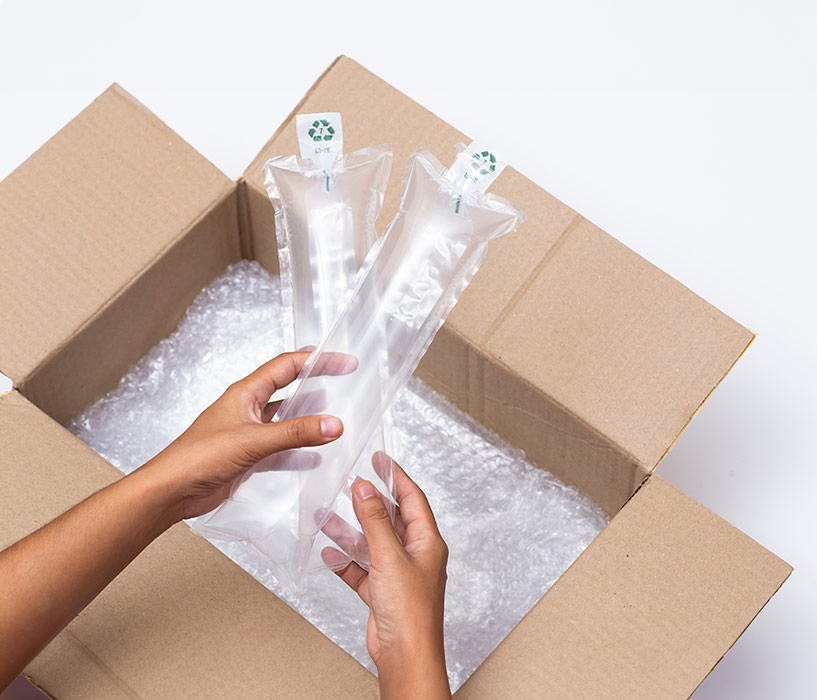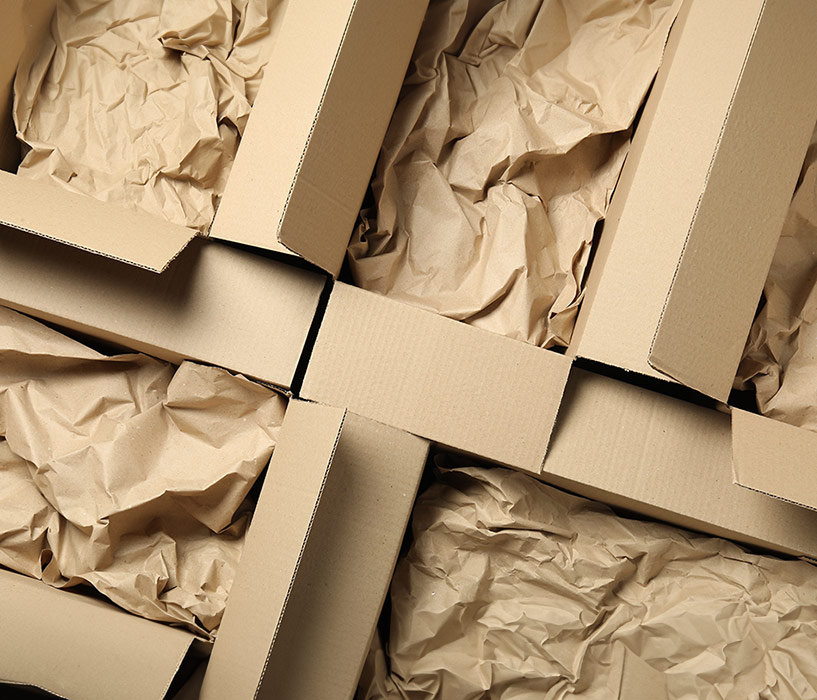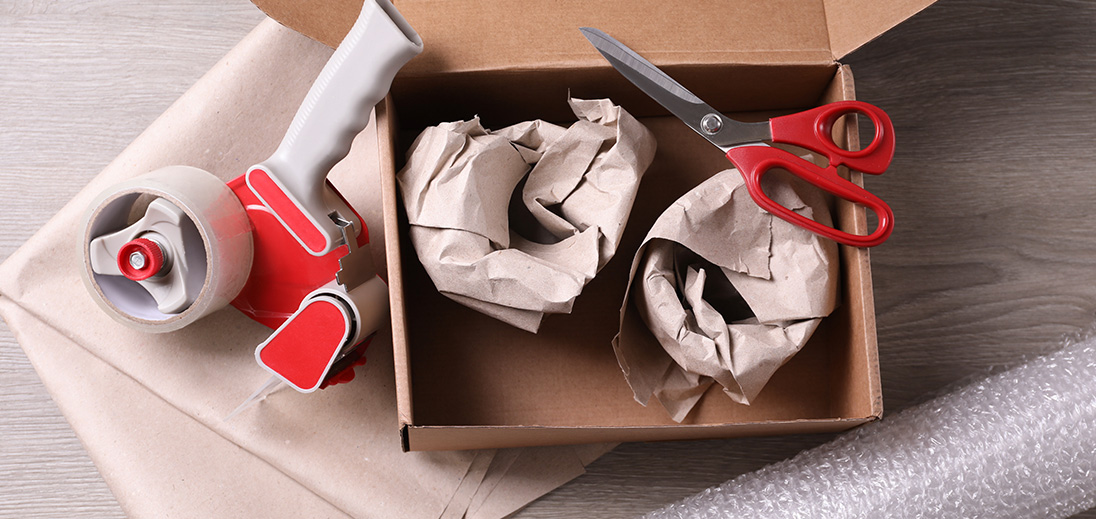How to adjust packaging sizes to maximise space in transit?
Properly packed consignments are one of the fundamental elements of the entire logistics process. This is because it determines, among other things, the degree to which the space available during transport is used, the associated costs, as well as the level of protection of the goods against possible damage. So what should be kept in mind in this context and what mistakes should be avoided? Find out our advice on how to choose the right size of packaging in relation to the size of the goods to be transported!
Properly packed consignments are one of the fundamental elements of the entire logistics process. This is because it determines, among other things, the degree to which the space available during transport is used, the associated costs, as well as the level of protection of the goods against possible damage. So what should be kept in mind in this context and what mistakes should be avoided? Find out our advice on how to choose the right size of packaging in relation to the size of the goods to be transported!
How do I pack small items?
 Packing small items is very often more difficult than large shipments. This is all the more true in view of the fact that small packages are often fragile and therefore particularly susceptible to damage.
Packing small items is very often more difficult than large shipments. This is all the more true in view of the fact that small packages are often fragile and therefore particularly susceptible to damage.
It is therefore advisable to choose cardboard boxes that are as close in size as possible to the products. It is important, however, that you leave some free space to accommodate additional protection. To fill this free space, you can use bubble foil first, which provides excellent cushioning, protects the selected items against inertial movement inside the box, and protects against scratches and impacts. The items should be wrapped with it (keep the bubbles inside i.e. touching the item) and then secure the remaining free space with special filler.
We particularly recommend fillers having eco-friendly properties. This can include Antalis recyclable and recycled packaging paper and air mats. We also make the latter from recyclable materials and the product itself is reusable.
The use of cardboard boxes that adapt to the size of the shipment remains an interesting and most convenient solution in this context. Such possibilities are provided by boxes with additional creases. At Antalis, we offer cartons that have creases every 15 mm! This allows them to fit perfectly to the dimensions of the product being shipped. This means that the contents are better protected and a smaller parcel means less space to take up in transit, which, in turn, has a positive impact on the entire logistics process of delivery.
When it comes to small consignments that are less sensitive to possible damage, such as space-saving clothing (T-shirts, underwear, etc.), it is worth opting for bubble envelopes. They consist of a layer of strong wrapping paper and a special film to provide adequate strength, protection against moisture
How do I pack bulky items?
 When considering large-size parcels, the first thing to remember is to check the requirements for their transport by the chosen courier company. Sometimes specific conditions must be met for a parcel to be accepted at all.
When considering large-size parcels, the first thing to remember is to check the requirements for their transport by the chosen courier company. Sometimes specific conditions must be met for a parcel to be accepted at all.
When it comes to the packaging itself, there are a number of cardboard boxes to choose from, which are perfect for large merchandise. We offer boxes that come in a number of different sizes, and if less typical models are needed, we can make them to order.
Importantly, for the shipment of bulky items that are particularly heavy, we recommend boxes made of reinforced cardboard (5 or 7 layers). Placing the cardboard box with the item to be shipped in a second, larger box may also be a good protection option. Undoubtedly, the parcel will then take up a little more space, but the additional cardboard will provide effective protection against package breakage and possible damage to the goods (although you should remember to place cushioning filler in the free space that will be created between the individual boxes).
What else do you need to know about sending bulky parcels and choosing the right packaging for them? Here's a short list of extra tips to remember:
- We also recommend securing heavy and large parcels with special profiles or protective corners - our range includes recyclable cardboard models;
- Large shipments should be sealed with suitably strong packing tape - when choosing a particular model, pay attention to the description. This will tell you,whether a particular strap will be suitable for packing bulky shipments, or whether it is dedicated rather to lighter parcels;
- For the transport of large-size parcels, suitable strapping tapes may also be necessary - you can choose either manual or machine-operated models;
- All these decisions provide a second life to eco-friendly packaging of large, heavy items! They can be used to develop creativity in children. The little ones, together with their parents, can try to create a house out of cardboard for everyday play! Moreover, natural packaging that is not coated with artificial and chemical substances can be reused as mulch in the garden. This is an excellent way to fertilise the soil and make maximum use of natural materials.
Packaging formats and storage
 As already mentioned, the small size of packaging is important for logistics costs. We should remember, however, that appropriately selected boxes or other forms of protection for goods are key, above all, to the convenience of their distribution and storage. The packaging you select must therefore not only be as small as possible, but should also have specific shapes that make it easier to stack, palletise or transport carts.
As already mentioned, the small size of packaging is important for logistics costs. We should remember, however, that appropriately selected boxes or other forms of protection for goods are key, above all, to the convenience of their distribution and storage. The packaging you select must therefore not only be as small as possible, but should also have specific shapes that make it easier to stack, palletise or transport carts.
In this respect, standard cardboard boxes in the form of cubes are indispensable. They can easily be stacked one on top of the other to form even very tall blocks (properly secured, of course!). What's more, these types of boxes are delivered folded flat, so that - if they are unused and waiting for their turn - they take up minimal space. This makes it easy to keep things tidy, thus taking care of every logistical detail. Regardless of the size of your shipment, you can easily find the right packaging for it, which works for every phase of your product's travel cycle!







